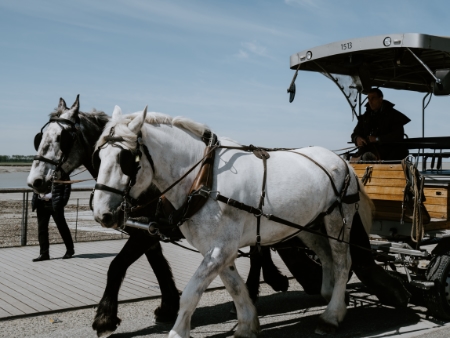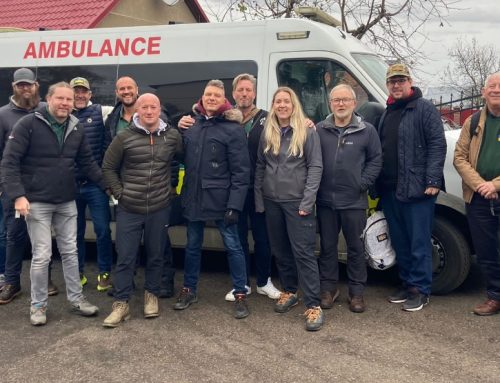Or, in a motor insurance claim scenario, “Vehicle vs Livestock” – who wins?
Motor insurance claims managers will, at some time, have a claim involving collision with livestock. It may be an animal owner pursuing a claim against an allegedly negligent motorist or an aggrieved motorist will be pursuing a claim against the animal owner or keeper.
Where does liability lie?
Under the Highway Code Section 215 a motorist must allow sufficient space and time to pass horses being ridden on the road. The Highway code advises a minimum of a 2 meter gap with speeds not exceeding 15 mph.
Commonly, vehicles will pass too close and/or too fast causing the animal spook leading to potential damage the vehicle and the rider. In such cases detailed investigations with the driver/ witnesses and a view of the locus may be required to come to a view on liability.
Enquiries concerning the age and experience of the horse may be appropriate and the experience of the rider and whether hi-vis clothing was worn (see Rule 50 of The Highway Code).
What is the position if livestock escape onto the Highway?
There is a duty on the keeper of livestock to “fence”. If there are animals on the road having escaped, then there may be a prima fascia prospect of a recovery. However, animals may have escaped due to padlocked gates being cut open by unknown others or by some quirk not involving negligence on the part of the owner/keeper. There may be no negligence, but a liability may still attach under Section 2.2 of The Animals Act 1971.
There has been a plethora of case law on this point, the leading case being Mirvahedy Henley 2003, House of Lords.
For the keeper to establish a defence, it is necessary to show that not all sub sections of 2.2 have been satisfied. Under the Act, if the damage is of a kind which the animal, unless restrained, was likely to cause injury, and the likelihood of the damage or it being severe and was due to characteristics of the animal which are not normally found, except at particular times or particular circumstances, then a liability would arise.
In the Mirvahedy case, the horses had escaped from a field due to reasons unknown and then in a “flight and fright” situation had collided with the innocent claimant’s vehicle. It was held that liability attached to the owner/keeper under the Act.
If livestock escape (without any negligence) and are merely standing in the road not displaying any characteristics, then a liability may not attach under the Act.
Where livestock is on common land, typically “fenced” in by cattle grids, with public roads running through the common area, then the onus in very much on the motorist to be aware of stock using the common. Often, livestock is “hefted” onto such areas. The owner/keeper is unlikely to have any liability here.
The Responsibility of Owners to Control their Animals.
The position may arise whereby the keeper of a horse out riding loses control or has insufficient control of the mount and damage is caused. A liability may attach to the rider, matters would need full investigation to make any decisions on blame or liability under The Animals Act.
Dog owners/keepers have a duty of care to keep their pets under control particularly on the Public Highway, A criminal offence may arise under Section 3 of the Dangerous Dogs Act 1991.
If a claim is being pursued against the owner or keeper of an equine or dog, then Third Party liability is usually available under a membership scheme but also allows under the Third Party liability section of a Household Content Policy (unless there is a specific exclusion in the policy).
In the event that liability for Third Party damage to livestock is conceded, then full enquiry is necessary into quantum, including veterinary invoices. Often, there is dispute on the value – typically of an equine where there can be an inflated or sentimental idea on the part of an owner as to that value. There may be substantial costs in “box resting”, palliative care and so on. All of which requires validation.
So Who Wins?
As you may have gathered, it depends on circumstances. Both parties are well advised to be aware of their responsibilities and liabilities. In the end, it is probably a draw.
David Miles SX3 Associate
Notes about the author –
David is a casualty claims expert who specialises in handling and investigating equine and sports liability in UK and Ireland. David has performed senior roles at Quest Gates, Core and Davies, before becoming a consultant. Latterly, has managed the British Horse Society and the British Showjumping “helpline” and liability claims arising from those and other Equine Associations.
His equine interests extend beyond the insurance aspects, he owns several horses which he competes on and also Trail Hunts. “Hands on” experience coupled with an excellent knowledge of the third party litigation procedures and relevant statutes (e.g. Animals Act) bring considerable advantage!
Appendix 1
The Animals Act 1971 – Section 2.2
…such liability will arise if
(a) the damage is of a kind which the animal, unless restrained, was likely to cause or which, if caused by the animal, was likely to be severe; and
(b) the likelihood of the damage or of its being severe was due to characteristics of the animal which are not normally found in animals of the same species or are not normally so found except at particular times or in particular circumstances; and
(c) those characteristics were known to that keeper or were at any time known to a person who at that time had charge of the animal as that keeper’s servant or, where that keeper is the head of a household, were known to another keeper of the animal who is a member of that household and under the age of sixteen.






